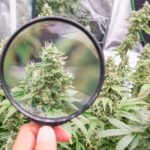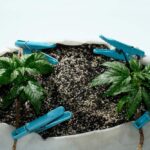The Best Fluffy Pancakes recipe you will fall in love with. Full of tips and tricks to help you make the best pancakes.
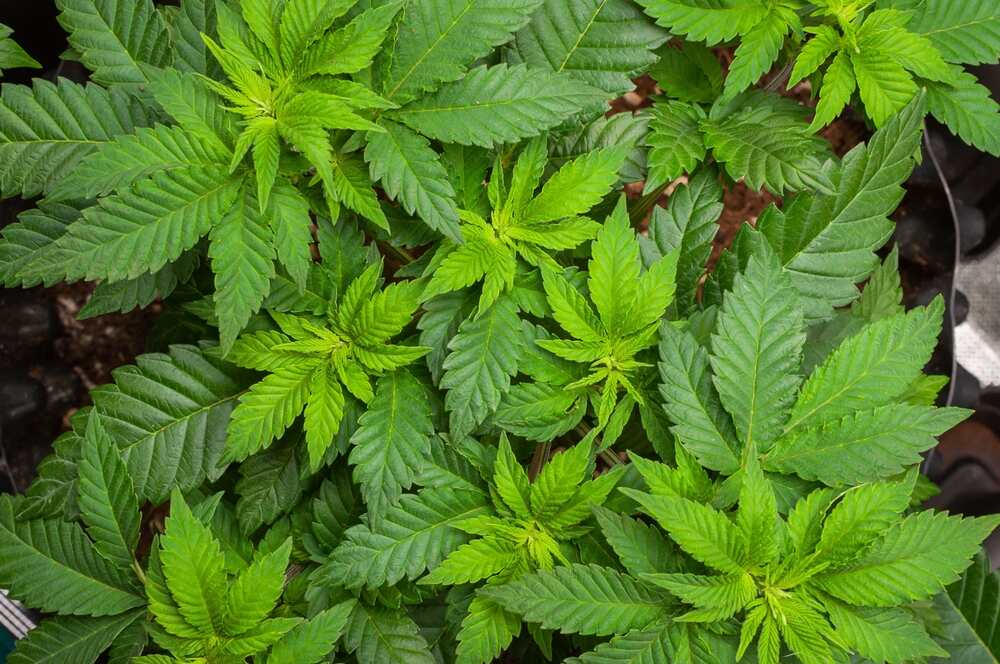
Complete Guide to the Cannabis Vegetative Stage
Growing cannabis, or weed, can be a super rewarding experience if you know what you’re doing. The vegetative stage is one of the most important stages of your marijuana plant’s life cycle because it sets the foundation for the flowering phase and, eventually, the harvest. If you’ve already got a strong seedling, congrats! You’re ready to dive into the vegetative stage, where your plant’s growth really takes off.
What is the Cannabis Vegetative Stage
The vegetative stage is all about your cannabis plant focusing on growing strong roots, stems, and leaves. Think of it as the plant’s growth spurt—it’s all about bulking up and preparing for the flowering phase. During this stage, your plant is busy building the structure that will support its buds later on. This is a critical part of the cycle because a strong vegetative phase leads to a successful flowering stage.
Definition and Importance of the Vegetative Stage
During this stage, your plant is absorbing light like a sponge and converting it into energy through photosynthesis. It’s crucial because this is when the marijuana plant builds its strength, forming a solid root system and growing taller and bushier. The healthier your plant is at this stage, the better your chances of a great harvest.
How Long Does the Vegetative Stage Last? (Indoor vs. Outdoor)
The length of the vegetative stage varies depending on your growing setup. Indoors, you control the length of the stage by manipulating the light cycle, and it can last anywhere from 3 weeks to several months. Outdoors, it’s a bit different—the vegetative phase naturally aligns with the seasons, starting in spring and continuing through late summer until the light begins to decrease and the plant moves into flowering.
Key Environmental Conditions for the Vegetative Stage
The environment plays a huge role in how well your cannabis grows during this stage. You’ll need to create the perfect conditions to help your plant thrive.
Optimal Temperature and Humidity Ranges
During the vegetative phase, aim for temperatures between 70-85°F during the day, with slightly cooler nights. Keep the humidity around 40-60%. Humidity too high can lead to mold, and too low will dry out your plant. Thermometers and hygrometers will help you keep everything in check.
Best Light Schedules for Maximum Growth
Your weed needs plenty of light during the vegetative stage. Indoors, an 18-hour light and 6-hour dark cycle works great, but some growers push it to 24 hours of light for rapid growth. For outdoor grows, the plant naturally gets more light as the days grow longer.
Maintaining Proper Air Circulation
Good airflow is essential for keeping your plant healthy. Fans help strengthen the plant’s stems and prevent problems like mold or pests. The stronger your plant gets in this stage, the better it will hold up in the flowering phase when the buds start getting heavy.
Nutrient Requirements During the Vegetative Stage
Nutrients are the fuel your plant needs for vigorous growth. During this stage, it’s all about giving your weed the right balance of nutrients, starting with nitrogen.
Essential Macronutrients (NPK)
The big three nutrients your cannabis plant needs in this stage are nitrogen (N), phosphorus (P), and potassium (K). Nitrogen is especially important for leafy growth. Phosphorus helps with root development, and potassium keeps your plant strong. Make sure to use a nutrient mix that’s specifically for the vegetative stage to avoid stunted growth.
Secondary Nutrients and Micronutrients
In addition to NPK, your marijuana plant needs calcium, magnesium, and sulfur, along with trace amounts of micronutrients like zinc and iron. These play a big role in how well your plant absorbs nutrients and handles the stress of growth.
Correcting Common Nutrient Deficiencies
If your plant starts showing yellow or curled leaves, it could be a nutrient deficiency. Most often, you’ll see nitrogen deficiency during the vegetative stage, and it’s a good idea to correct it quickly before the plant slows down.
Pruning and Training Techniques to Enhance Growth
The vegetative stage is when you can shape your plant’s growth through pruning and training. This helps direct more energy into the parts of the plant that need it most.
Benefits of Pruning in the Vegetative Stage
Pruning helps your plant focus on growing where it counts. By removing dead or unproductive leaves, your plant can redirect energy to stronger parts of the structure, which is crucial for supporting buds in the flowering stage.
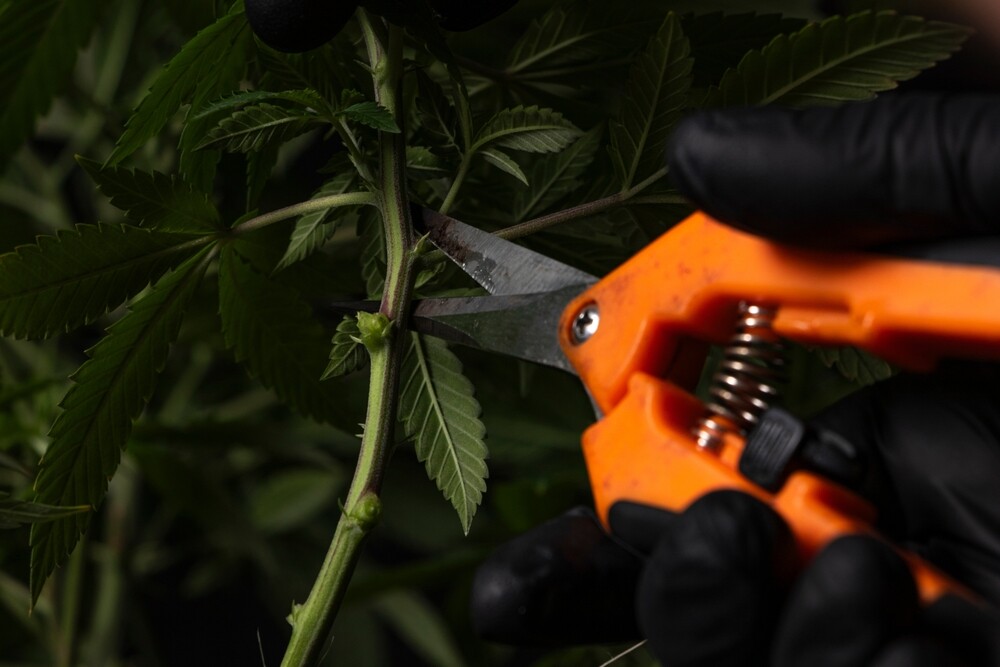
Low-Stress Training (LST) and Topping for Better Yields
Training techniques like low-stress training (LST) and topping can help you get more out of your weed plant. LST involves gently bending branches to create an even canopy, while topping is cutting the top of the plant to promote bushier growth. Both help increase bud production.
Managing Canopy Structure for Even Light Distribution
You want to make sure your entire plant gets an equal amount of light. A well-managed canopy means every part of the plant is getting its share, which helps prevent “stretching” where the plant grows too tall and doesn’t focus on producing buds.
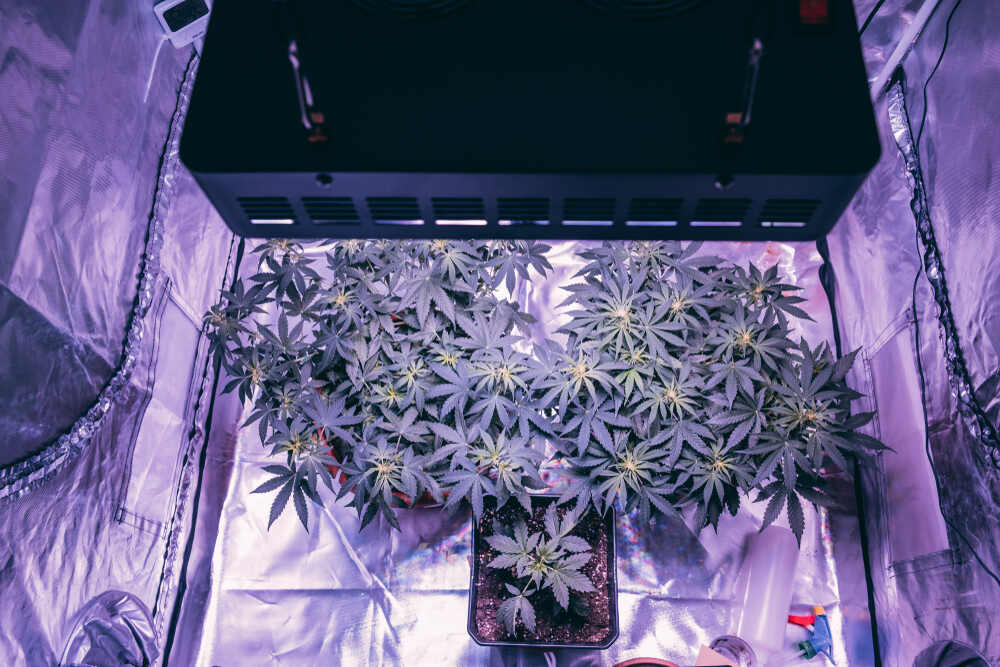
Common Problems and How to Avoid Them
Even though the vegetative stage is more forgiving than others, you still need to be on the lookout for potential problems like overwatering, pests, and nutrient deficiencies.
Overwatering and Underwatering
One of the most common mistakes in this stage is overwatering. Your plant needs to breathe, and too much water can suffocate the roots, leading to root rot. On the flip side, underwatering will stunt growth. Let the soil dry out a bit between waterings.
Dealing with Pests and Diseases in the Vegetative Stage
Keep an eye out for pests like spider mites and aphids. Proper air circulation, cleanliness, and monitoring can help prevent these issues. If pests do appear, tackle them early with organic pesticides or beneficial insects like ladybugs.
Identifying and Fixing Light Burn or Stress
If your plant’s leaves start turning yellow at the top, it could be suffering from light burn. Back off the lights or lower the intensity. On the flip side, if the plant looks like it’s stretching too much, it might need more light.
Transitioning to the Flowering Stage
Once your plant has grown to about half the size you want it at harvest, it’s time to switch over to flowering. This is where the magic happens, but it’s important to transition smoothly.
Signs Your Plant is Ready for Flowering
You’ll know your plant is ready when it’s showing pre-flowers and alternating nodes. This usually happens when the plant is about half its final desired height.
Adjusting Light Cycles and Nutrients for Flowering
To trigger the flowering phase indoors, switch your light cycle to 12 hours of light and 12 hours of darkness. You’ll also want to start feeding your plant nutrients higher in phosphorus and potassium to support bud development.
FAQ
What light schedule is best for the vegetative stage?
An 18-hour light and 6-hour dark cycle works great for the vegetative stage, but some growers keep the lights on for 24 hours to speed up growth.
How can I speed up vegetative growth?
Use high-intensity light, maintain optimal temperature and humidity, and provide plenty of nitrogen-rich nutrients.
How do I know if my plant is healthy during the vegetative stage?
A healthy plant will show rapid growth with deep green leaves and no signs of yellowing, curling, or pest damage.
What happens if I don’t prune or train my plant?
Your plant may grow too tall or bushy, leading to less light penetration and smaller yields.
Can I keep my plant in the vegetative stage indefinitely?
Yes, as long as you keep providing 18+ hours of light, the plant will continue to grow larger until you switch to the flowering light cycle.
The vegetative stage is all about building the strong foundation your marijuana plant needs for a successful harvest. With the right environment, nutrients, and care, your weed plant will thrive during this critical phase. Keep an eye on your plant, make adjustments as needed, and you’ll be well on your way to a rewarding cannabis harvest. Enjoy the process, and happy growing!


